Fushimi Inari Shrine (伏見稲荷大社, Fushimi Inari Taisha) is an important Shinto shrine in southern Kyoto It is famous for its thousands of vermilion torii gates, which straddle a network of trails behind its main buildingsSep 04, · Fushimi Inari adalah kuil Shinto yang dipersembahkan untuk Inari, Dewa Beras atau Kesuburan Kuil ini menjadi kuil utama yang menyembah atau memuliakan Dewa Inari dari kuil yang tersebar seantero Jepang Berdasarkan situs resmi Fushimi Inari, kuil ini didirikan pada tahun 711 setelah seorang tokoh yang bernama Hatano Iroku mendapatDec 19, 19 · Fushimi Inaritaisha (伏見稲荷大社) is the head shrine of the Kami Inari, located in Fushimiku area of Kyoto The shrine sits at the base of a mountain, also named Inari, which is roundabout 230 meters in height Most of the shrine's prominent structures are located right at the base of the mountain

Kyoto Fushimi Inari Taisha Japon
Fushimi inari taisha renard
Fushimi inari taisha renard-Statue de renard au Fushimi InariTaishajpg 3,456 × 4,608;Dedicated to Inari, deity of a good harvest and success in business, Fushimi Inari Taisha is the head of all of Japan's Inari shrines The seemingly endless path of vibrant orange torii gates leading up Mt Inari makes for an impressive setting and is one of the most famous images of Japan



File Ema Renard Fushimi Inari Taisha Jpg Wikimedia Commons
Nov 16, 19 · Perched on the flanks of Mount Inari, the Fushimi Inaritaisha is a postcard of traditional Japan This immense Shinto shrine dedicated to the Inari kami is complete with an endless tunnel of several thousands of torii – a Japanese word for these sacred wide doors whose vermilion shade contrasts with the vibrant green hues of the vegetationThere are as many as 30,000 Inari shrines throughout Japan, and FushimiInari is the grand head shrine of all of them Main shrine stands on the base ground of the mountain, and the principal God ("Inari Ookami") and 4 other associated Gods are enshrined there Inari Ookami is the God for bumper crops, prosperous business and family wellbeingFamous for its thousands of vermilion torii gates, Fushimi Inari Shrine is the most important spiritual ground dedicated to Inari, the Shinto god of rice Most tourists come to Fushimi Inari Shrine to follow the mountain path through the wooded forests of the Mountain Inari The hiking trail starts with two dense rows of torii gates
Inari is the god of rice, prosperity, patron of business and god of sake and Fushimi Inari is the head shrine of Inari The red torii gates that stretch for up to 5km into the hillside have actually been donated by local businesses to worship the god of business, merchants and manufacturers315 MB The fox is Inari's messenger, there are lots of fox statues around ()Sep 16, 12 · Fushimi Inari's name comes from Fushimiku, the name of the area where the shrine is located and;
High quality Fushimi Inari inspired Art Prints by independent artists and designers from around the world Break out your top hats and monocles;Fushimi Inari is of significant cultural relevance to Kyoto and has ancient origins, predating the capital's move in 794 This shrine is the head shrine dedicated to Inari, the Shinto god of rice and the grounds are sprinkled with Fox statues among the gates Foxes are thought to be Inari's messengers, and they typically hold a symbolic key (toInariyama, the mountain on which the shrine rests, is the kamnabi, or residence of the deity, of Fushimi Inari Taisha The deity Inari Okami took up residence on the mountain on the first Day of the Horse of the second month of 711, according to the traditional zodiac and lunar calendar The year 11 marked the 1300th anniversary of this event



Japan In July Et Autres Saisons Kyoto Rouge Le Fushimi Inari Si Peu



Renard Gardien De Fushimi Inari Taisha A Kyoto Au Japon Banque D Images Et Photos Libres De Droits Image
Fushimi Inari shrine's senbontorii gate was one of the filming locations in the 05 Hollywood movie "SAYURI," so many people overseas may know about it If you advance a little further, there is a stone called "Omokaru Ishi"Fushimi Inari Taisha is a Shinto shrine in Kyoto, Japan It is seen as the principal residence of the kami Inari, Shinto god of rice and commerce The shrine was built around 711 CE,Apr 28, 16 · Fushimi Inari Taisha Shrine Kyoto's Number One Attraction Fushimi Inari Taisha Shrine (伏見稲荷大社), is built at the base of Inari Mountain by the Hata family in the seventh centuryIt is said to be the most famous of several thousand shrines dedicated to Inari



File Le Sanctuaire Shinto Fushimi Inari Kyoto Japon Jpg Wikimedia Commons



Les Portes Rouges Du Fushimi Inari แมว
Founded back in 711 by the Hata family, Fushimi Inari is the oldest and possibly the most prominent shrine in Kyoto The shrine is dedicated to the Shinto god named Inari In the Japanese Shinto religion, Inari is the kami (=spirit) of rice, sake and prosperous business In Japan, there are more than 30,000 shrines dedicated to this god, but Fushimi Inari is consideredThe reason that Fushimi inari is still absolutely worth going to is the one that has made the shrine most famous the hundreds upon hundreds of red torii gates that carve a path along the gorgeous mountain _jpg 377 MB The mountainous regions of Fushimi inari bring another advantage the higher you go, the less people there areBook your tickets online for Fushimi Inaritaisha Shrine, Kyoto See 24,490 reviews, articles, and 29,422 photos of Fushimi Inaritaisha Shrine, ranked No1 on Tripadvisor among 1,7 attractions in



Fox Statue Fushimi Inari Shrine Kyoto Japan Stock Photo Image By C Javarman



File Les Torii Du Sanctuaire Shinto Fushimi Inari Kyoto Japon Jpg Wikimedia Commons
Hurry up and look down~ Day 1Traditional Kyoto neighborhood tour musthave first stop Fushimi Inaritaisha Fushimi Inaritaisha, is a thousand Inari Shrine, which is famous for its "Tokyo" In the Taisho Shrine, the Inari Inari, headed by the god of the gods of Uga, has been the god of agriculture and commerce since ancient timesJul 15, · See 3 photos and 1 tip from visitors to ちょこっとパン屋 RENARD(ルナール) "This is a nice small bakery near Fushimi Inari Taisha This is a nice small bakery near Fushimi Inari Taisha All of the items are ¥100 a piece If you plan to climb Inari buy yourself a lot of water and stop here for some snacks to put in your bagA well known representative of Kyoto shrines is Fushimi Inari Taisha It is located in the southern part of Kyoto City and is the main shrine of Inari Shrines which is believed to have about 30,000 shrines nationwide Founded in 711 predating the capital's move to



Inari Kami Wikipedia


3
What is Fushimi Inari?You walk through one and there's anotherVoir plus d'idées sur le thème renard, renard roux, animaux foret 25 nov 19 Beautiful drawing Voir plus d'idées sur le thème renard, renard roux, animaux foret Little Fox / Inari Shrine Kyoto Collection de Anna Molle 158



Une Statue De Pierre Renard Monte La Garde A L Entree De Fushimi Inari Banque D Images Et Photos Libres De Droits Image



Fox Statue In Fushimi Inari Shrine In Kyoto Japan Stock Photo Picture And Royalty Free Image Image
One of the oldest shrines in the city, Fushimi Inari Taisha's first buildings date back to 711 on the nearby Inariyama hill, though it is said to have already been considered an ancient spiritual location when the capital was moved from Nagaoka to Kyoto in 794Fushimi Inari Shrine is the headquarters of all the Inari shrines It has served as a place of worship for the common people over 1,300 years The tunnel consisting of 10,000 torii gates is something to see Enjoy a stroll through the rolling land on the spacious grounds of the shrineMedia in category "Inari fox statues, Fushimi Inaritaisha" The following 70 files are in this category, out of 70 total Statue de renard au Fushimi InariTaishajpg 3,456 × 4,608;



Fushimi Inari Taisha Japo Japan Jesus Villarreal Flickr



Kyoto Fushimi Inari Tashi Shrine Photo By Ray Renard Munakata Munakata Inari Japan
It's about to classy in here Printed on 100% cotton watercolour textured paper, Art Prints would be at home in any gallery But your walls are better All orders are custom made and most ship worldwide within 24 hoursFushimi Inari Taisha is the head shrine for the 40,000 or more Inari shrines throughout the countryFushimi Inari Shrine (伏見稲荷大社, Fushimi Inari Taisha) is an important Shinto shrine in southern Kyoto It is famous for its thousands of vermilion torii gates,



File Ema Renard Fushimi Inari Taisha Jpg Wikimedia Commons



Japan In July Et Autres Saisons Kyoto Rouge Le Fushimi Inari Si Peu
Fushimi Inari Shrine lies at the base of Mt Inari, a low mountain which boasts a circumference of nearly 87 and a half meters at the base While famous for its path of a thousand torii gates – those tall, red frames familiar to every Japan enthusiast – Fushimi Inari also boasts a plethora of other attractions such as the "Heavy/Light Stone," along with nearly four kilometers of309 MB Toyokawa Inari InarizōJPG 3,240 ×Sep 08, 16 · Fushimi Inari is truly breathtaking and hard to imagine this has been around since the year 711 This is a must see spot when visiting Kyoto, and we urge you to try and get yourself out of bed to be an early bird and witness the place for yourself before the crowds roll in



Les Statues De Renard Dans Le Tombeau De Fushimi Inari Photo Editorial Image Du Ville Japonais



Renard Gardien De Fushimi Inari Taisha A Kyoto Japon Banque D Images Et Photos Libres De Droits Image
7 déc 12 Thumbnail for version as of 1441, 8 October 07Apr 07, 15 · Fushimi Inari Shrine is famous for it's 10,000 gates but really there are over 32,000 gates and subgates called torii in Japanese One could even say it's a gateway to more gates!Inari est la divinité du riz et du commerce Le kitsune (ou renard) est son messager Son nom viendrait de "inanari" (la croissance du riz) Dans la croyance populaire, Inari est représenté sous la forme d'un vieillard barbu se tenant sur un sac de riz et accompagné de deux renards


Fushimi Inari Le Sanctuaire Aux Torii Souvenirs De Voyages



File Les Torii Du Sanctuaire Shinto Fushimi Inari Kyoto Japon Jpg Wikimedia Commons
Jun 24, · What is Fushimi Inari Taisha?Inari, a Japanese deity The Inari deity is most well know as the god of agriculture and business As such, Fushimi Inari Shrine is frequented by businesses and businessmen praying for success Over the new year period, millions of Japanese comeFushimi Inari Taisha's highprofile status and hillside path of torii make it one of the top shrines to visit in Japan Review of Fushimi Inari Shrine Thoughts on Our Visit I had high expectations about our visit to Fushimi Inari Shrine So many other bloggers had written posts saying this was their favourite place in Kyoto, if not Japan



Sanctuaire Fushimi Inari Pres De Kyoto Au Japon Mini Statues De Renard Disponibles A L Achat Inari Est Le Dieu De Riz Et Inari Est Aussi Le Dieu Des Renards Cela Explique



Fuchse Fushimi Inari Am Schrein Stockfoto Bild Von Shinto Kyoto
In the case of the Fushimi Inari Shrine, local benefactors and businesses are able to donate by purchasing Toriis The bigger the Torii, the more expensive it is At the Fushimi Inari Shrine, Torii's range from around 400,000 JPY for a small wooden Torii, toMar 07, 18 · Fushimi Inari Taisha is the main "Inari" Shinto Shrine An Inari Shrine is one dedicated to the worship of the God Inari, and there are around 32,000 across all of Japan The God Inari is the Japanese god (神 Kami) of foxes, fertility, rice, tea and sake Yes, there is aJan 10, 19 · Fushimi Inari is a free shrine in Kyoto, Japan with vermilion torii gates stretching endlessly This post details our experience hiking through over 10,000 torii gates, shares photos of the experience, and offers tips for visiting Fushimi Inari, sometimes known as the "Fox Shrine"


Fushimi Inari Taisha Kyoto Japan Minouderie
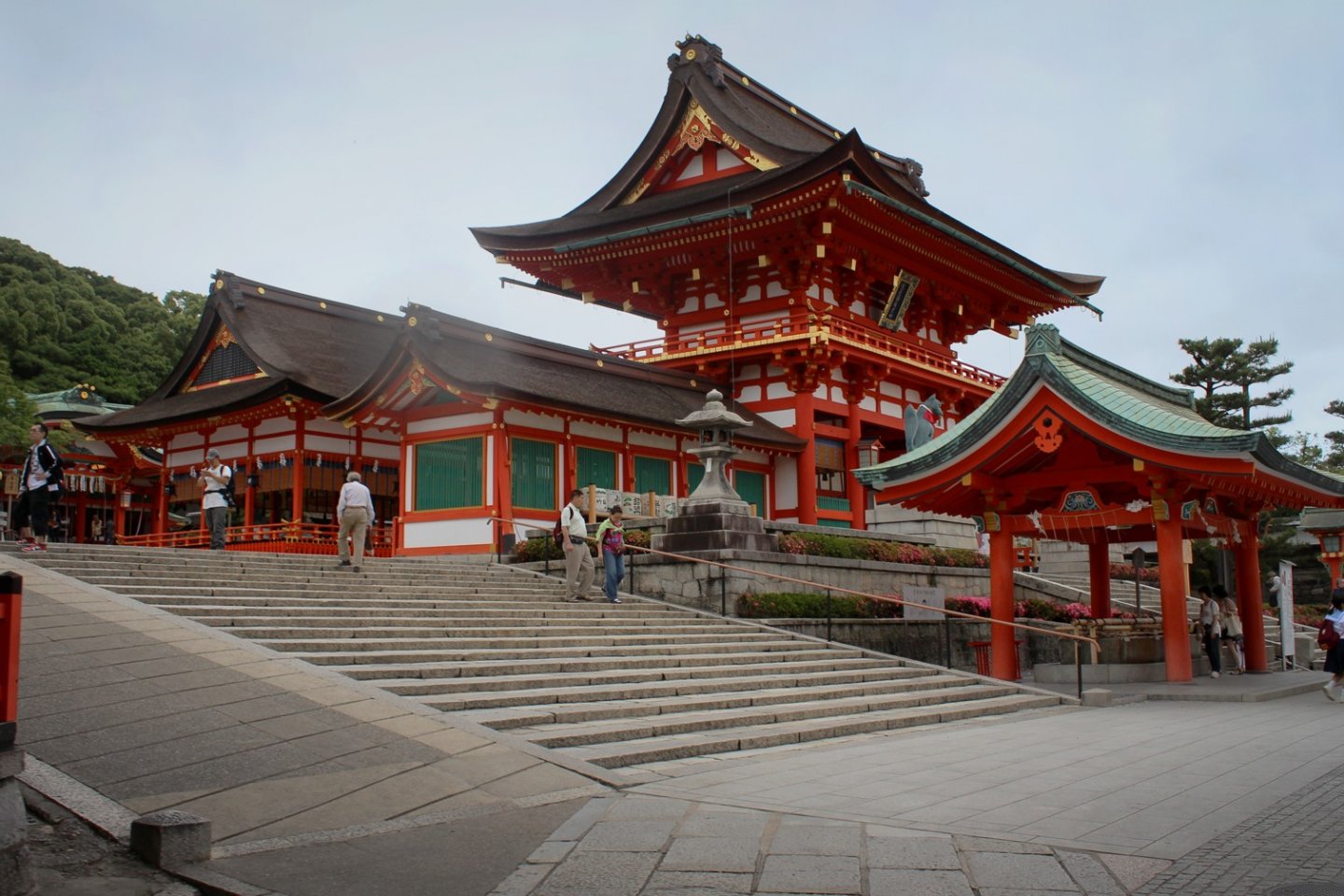


La Beaute Mystique De Fushimi Inari Kyoto Japan Travel
Apr 18, 08 · Dans le temple Fushimi Inari, on trouve des statues de renard dans beaucoup d'endroits Elles représentent les divinités qui gardent le temple Autrefois, les Japonais pensaient que le renard était l'envoyé de Dieu à Fushimi Inari Mais dans les autres temples shinto au Japon, on trouve des chiensWith photos and memories from a few years ago, I set out to achieve a detailed, realistically designed recreation of the renowned Japanese shrine, Fushimi InFushimi Inari Taisha This is the head shrine of Inari, located in Fushimiku, Kyoto, Japan The shrine sits at the base of a mountain also named Inari which is 233 metres above sea level, and includes trails up the mountain to many smaller shrines which span 4 kilometers and takes approximately 2 hours to walk up Since early Japan, Inari was seen as the patron of business,



Inaritemple Instagram Posts Photos And Videos Picuki Com



Fushimitemple Instagram Posts Photos And Videos Picuki Com
When visiting Fushimi Inari shrine, tourists also visit Tofukuji Temple and bridge, Sanjusangendo Temple, Kiyomizudera Temple, historical pedestrian streets like Sannenzaka and Ninenzaka, Kodaiji Temple, Maruyama Park, Yasaka Shrine, Gion District and Tatsumi Bridge and Shinkyogoku Shopping Street UnionMar 15, 15 · Fushimi Inari Shrine (伏見稲荷大社) is perhaps Kyoto's most famous Shinto shrine Dedicated to the goddess Inari the shrine is best known for its red gates (torii) I was 16 when I got a calendar full of pictures from Japan for Christmas July captured me with the red glaze of Fushimi Inari Shrine in KyotoJust be warned FushimiInariTaisha is one of the most popular sights in Kyoto It's especially popular with large groups of mainland Chinese tourists This means that the area around the main hall and the lower trails can be very crowded If you're averse to



Kitsune Fushimi Inari Le Sanctuaire Shinto Fushimi Ina Flickr



161 Guardian Fox Photos Free Royalty Free Stock Photos From Dreamstime
315 MB Torii of Otojiro Inari Shrine on Mount AtagoyamaJPG 3,264 × 2,448;Fushimi Inari was first built (711) even before Kyoto was established as the royal capital of Japan (794) The shrine was built by the Hata clan, a very important and powerful family who were the original owners of the land where Kyoto was built on Interestingly enough, the Hata family was originally from KoreaFushimi Inari Taisha is the most important Shinto shrine in Japan's historic former capital city of Kyoto Indeed, it is a very important shrine for the whole of Japan!



Photo Libre De Droit De Kyoto Japon 17 Aout 18 Fushimi Inari Taisha Statue De Renard Banque D Images Et Plus D Images Libres De Droit De Architecture Istock
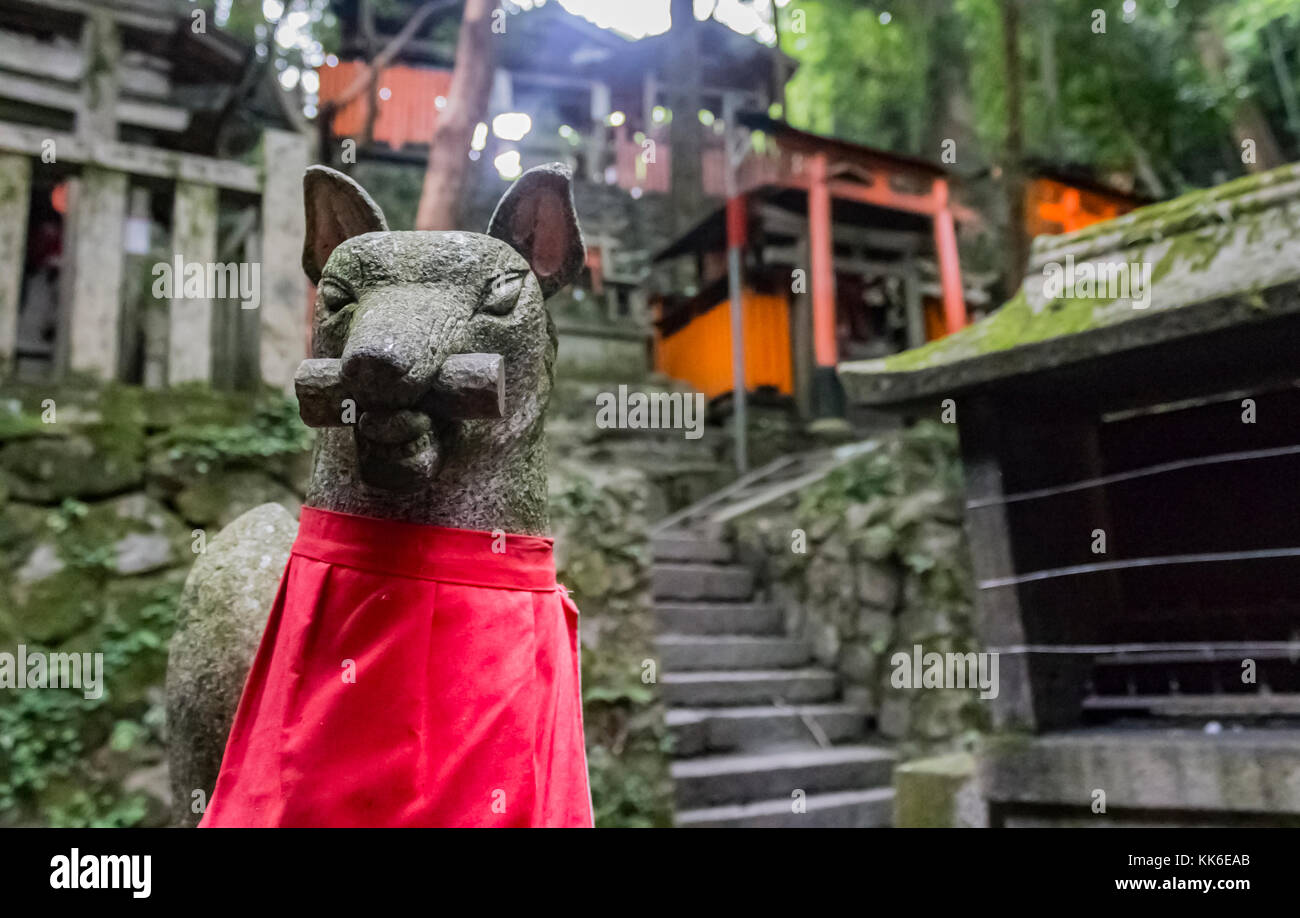


Les Renards A Fushimi Inari Ta A Kyoto Sont Les Messagers De La Deesse Inari Un Animal Mythologique Trouves Derriere Chaque Torii Ce Renard Est Kitsune Photo Stock Alamy
Best time to photograph Fushimi Inari Taisha Fushimi Inari Taisha is open 24 hours a day, 7 days a week This means you are free to meander around the Shrine at any time you like Of course, there are some things to consider First, it's a little scary to visit during the night if you visit the Fushimi InariDec 17, 17 · There are foxes all throughout Fushimi Inari Shrine in Kyoto However, they are not animals, but sacred beings Fushimi Inari is a highranking shrine in the country and is where the Japanese god Inarinokami is enshrined Foxes, familiars of Inarinokami, have also been considered objects of worship alongside Inarinokami as sacred beasts that convey the wills ofWith photos and memories from a few years ago, I set out to achieve a detailed, realistically designed recreation of the renowned Japanese shrine, Fushimi Inari Taisha I feel like the real place has a very culturally unique significance, I personally had a great time exploring it a few years ago



Stone Fox Statuen Und Viele Kleine Tori Steinfuchs Inari Bote Gottes Statue An Der Fushimi Inari Taisha Kimoto Japan



Fox Statues At Fushimi Inari Taisha Japan Inari Japanese Crafts



Little Fox Statues At Fushimi Inari Shrine In Kyoto Japan Stock Photo Picture And Royalty Free Image Image



Japanese Loose Bathrobe Fushimi Inari Patronus Fox Dark Black Color Haori Summer Sunscreen Kimono Literature And Art Cosplay Buy Cheap In An Online Store With Delivery Price Comparison Specifications Photos And



Statue De Renard De Kitsune Dans Le Tombeau De Fushimi Inari De Kyoto Japon Photo Stock Image Du Japan Religieux


Fushimi Inari Le Sanctuaire Aux Torii Souvenirs De Voyages



Fushimi Inari Taisha Wikipedia



Photo Libre De Droit De La Statue De Renard Dinari Au Temple De Sanctuaire De Fushimi Inari A Kyoto Japon Banque D Images Et Plus D Images Libres De Droit De Antique Istock



The Fox Statue In Front Of Fushimi Inari Shrine Kyoto Japan Stock Photo Picture And Royalty Free Image Image



Fushimi Inari Taisha Temple De La Prefecture De Kyoto Du Japon Celebre Sanctuaire Shinto Statues De Messagers Renard Kitsune Banque D Images Et Photos Libres De Droits Image



Fushimi Inari Un Havre De Paix A Kyoto Petit Parc Autour Du Monde


Q Tbn And9gcs7wkrd Fhwrifstn4x6nlpmkr Lssryp4e8mnugknzaylhkcqc Usqp Cau



Fuchse Fushimi Inari Am Schrein Stockfoto Bild Von Shinto Kyoto
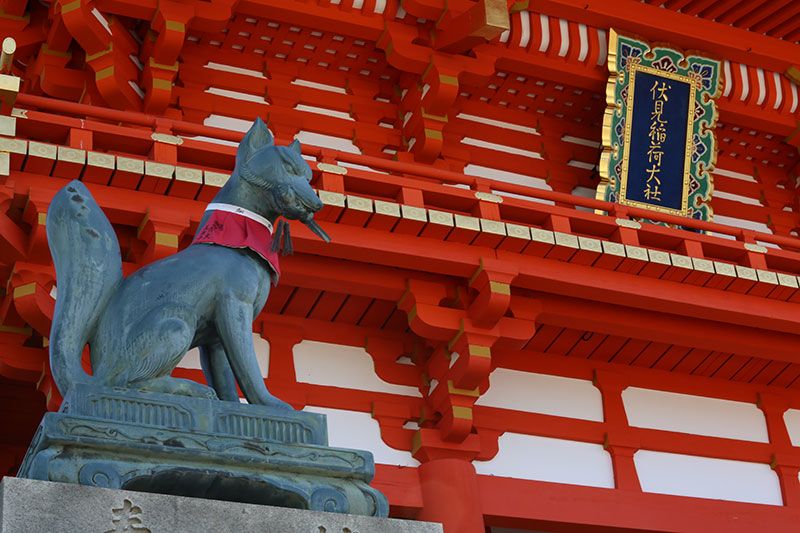


Foreign Tourists Flock To The Gates Of Fushimi Inari Shrine Nippon Com


Fushimi Inari Le Sanctuaire Aux Torii Souvenirs De Voyages



Inari Fushimi Inari Taisha Renard Protecteur El Glingo Flickr



Kyoto Fushimi Inari Taisha Japon



Inaritemplekyoto Instagram Posts Photos And Videos Picuki Com


Fushimi Inari Le Sanctuaire Aux Torii Souvenirs De Voyages



Photo Libre De Droit De Autel De Renard Et Gates De Torii Dans Le Sanctuaire De Fushimi Inaritaisha Kyoto Japon Banque D Images Et Plus D Images Libres De Droit De Antique Istock



Statue De Renard Au Sanctuaire Fushimi Inari A Kyoto Japon Banque D Images Et Photos Libres De Droits Image
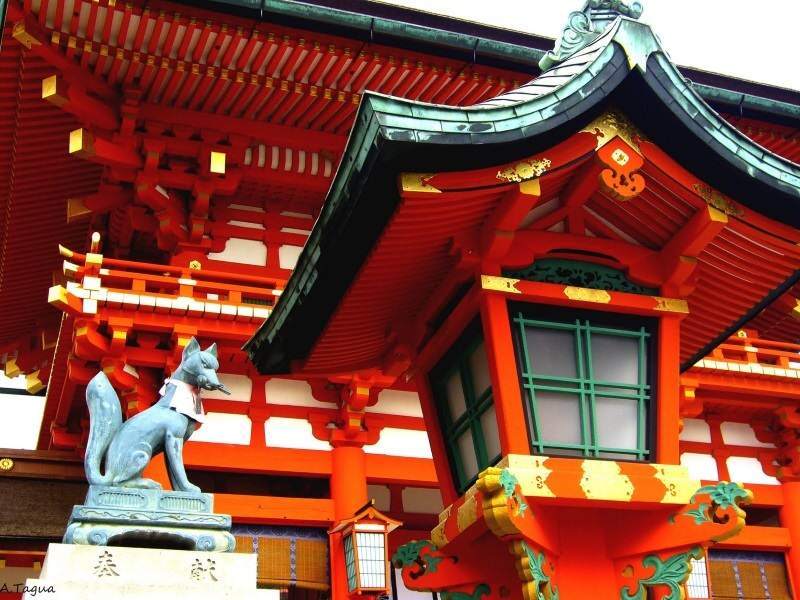


Kyoto Sanctuaire Fushimi Inari Taisha
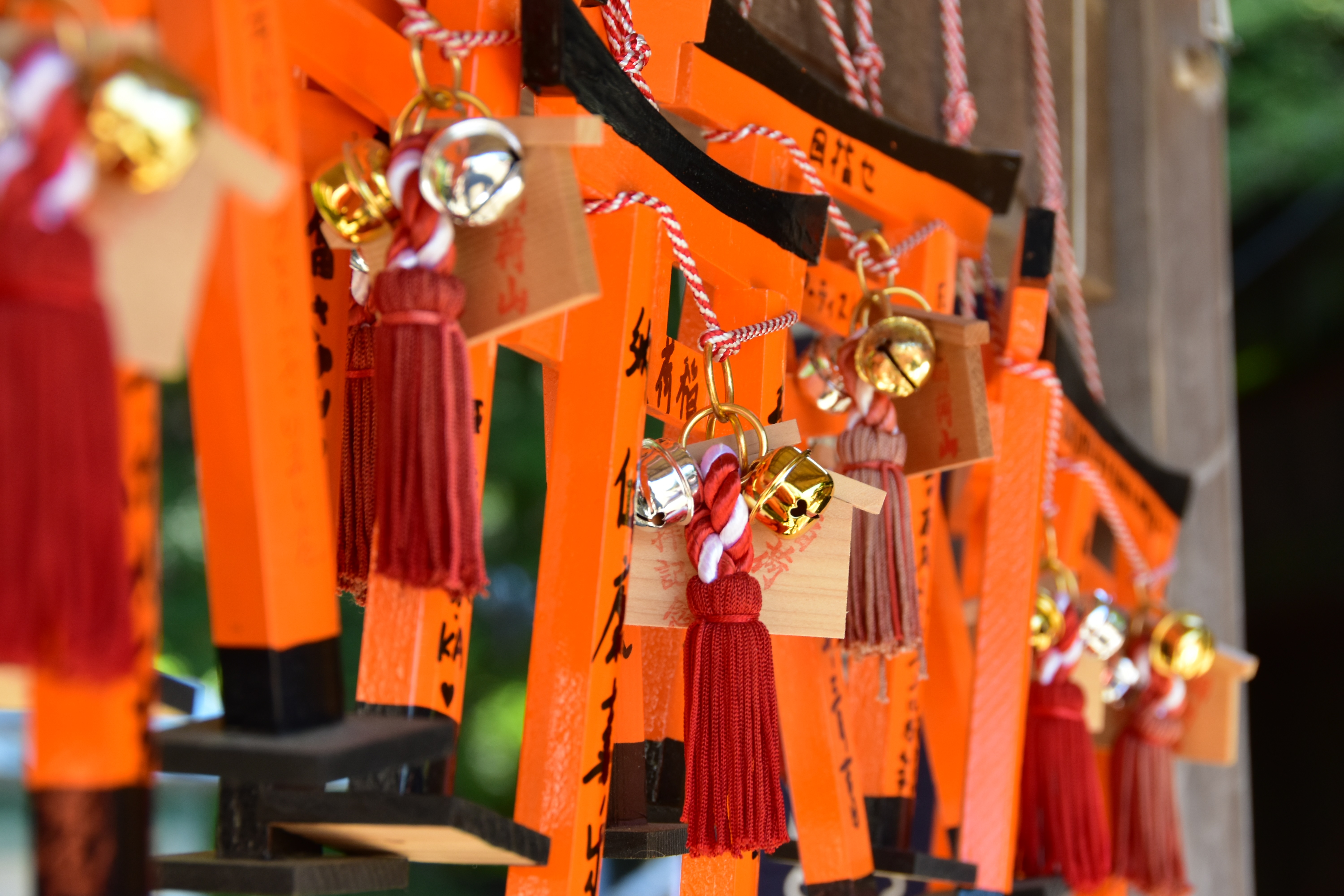


Fushimi Inari Temple Du Renard Temples Sanctuaire Fushimi Inari Kyoto Honshu Japon Routard Com


Fushimi Inari Le Sanctuaire Aux Torii Souvenirs De Voyages



Kitsune Renard Fushimi Inari Taisha Unesco Site Kyot Flickr



Inari Shrine Wikipedia



Romon Zhivopisec Priscilla Moore Artmajeur



Sanctuaire Fushimi Inari Taisha A Kyoto Prefecture Du Japon Celebre Sanctuaire Shinto Statue De Renard Messager Kitsune Banque D Images Et Photos Libres De Droits Image



Kyoto Japan Nov 28 Stone Sculpture Of Fox Symbol Statue At Fushimi Stock Photo Picture And Royalty Free Image Image


Three Japanese Shinto Shrines Take A Walk On The Wild Side



Inari Kami Wikipedia



Guardian Fox Of Fushimi Inari Taisha In Kyoto Japan Stock Editorial Photo C Ziggy Mars


Fushimi Inari Taisha Kyoto Japan Minouderie
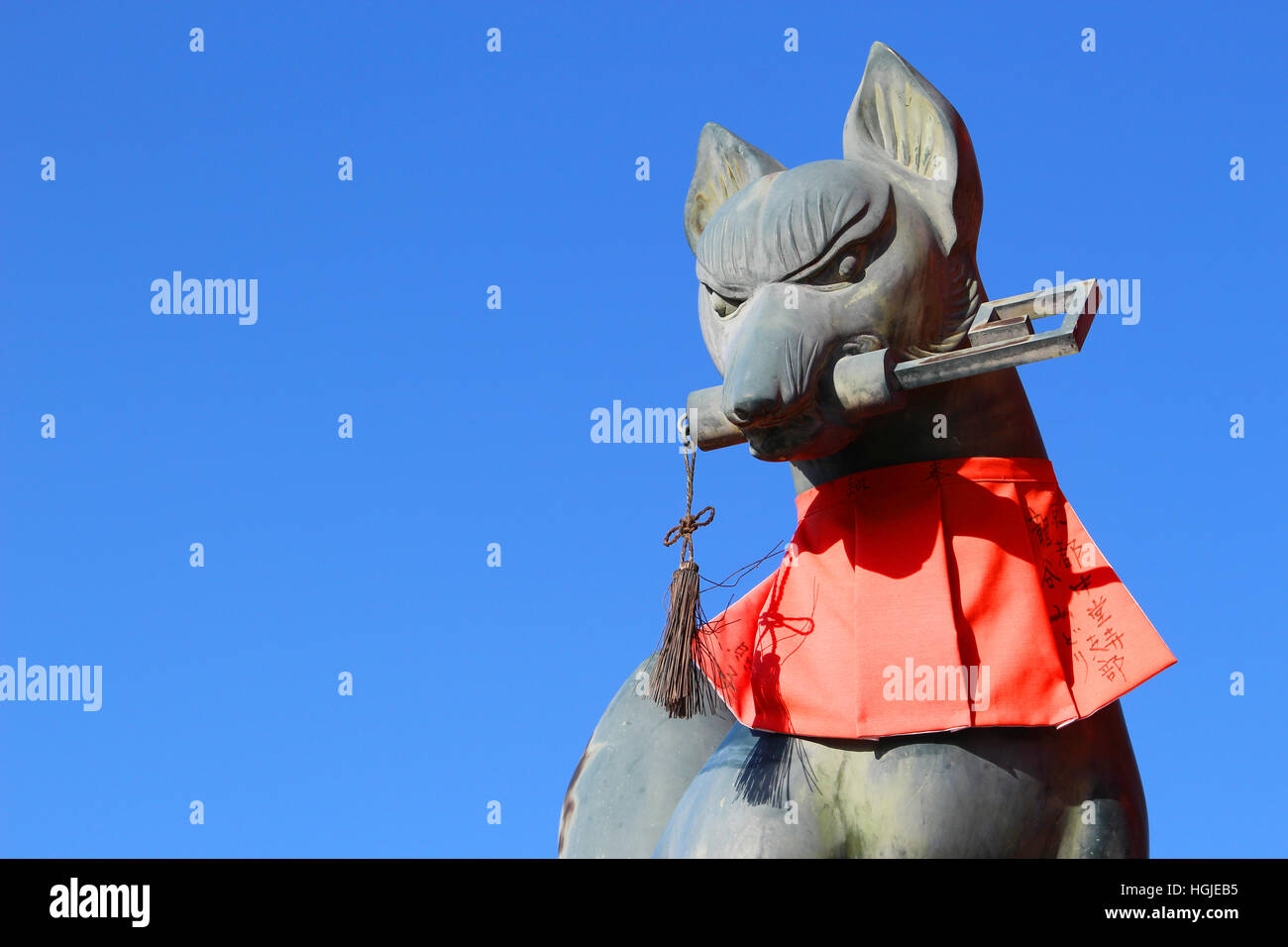


Statue De Renard A L Entree Du Sanctuaire Fushimi Inari Shrine In Kyoto Tenant Une Cle Dans Sa Bouche Photo Stock Alamy



Kyoto Fushimi Inari Taisha Japon



Kitsune Fox Statue In Fushimi Inari Shrine Of Kyoto Japan Stock Editorial Photo C Joymsk



Pierre Renard Tenant Un Rouleau Dans Sa Bouche Au Sanctuaire Fushimi Inaritaisha Photo Getty Images



Inaritemple Instagram Posts Photos And Videos Picuki Com



Sculpture De Renard Dans Le Sanctuaire Fushimi Inari Taisha A Kyoto Japon Banque D Images Et Photos Libres De Droits Image
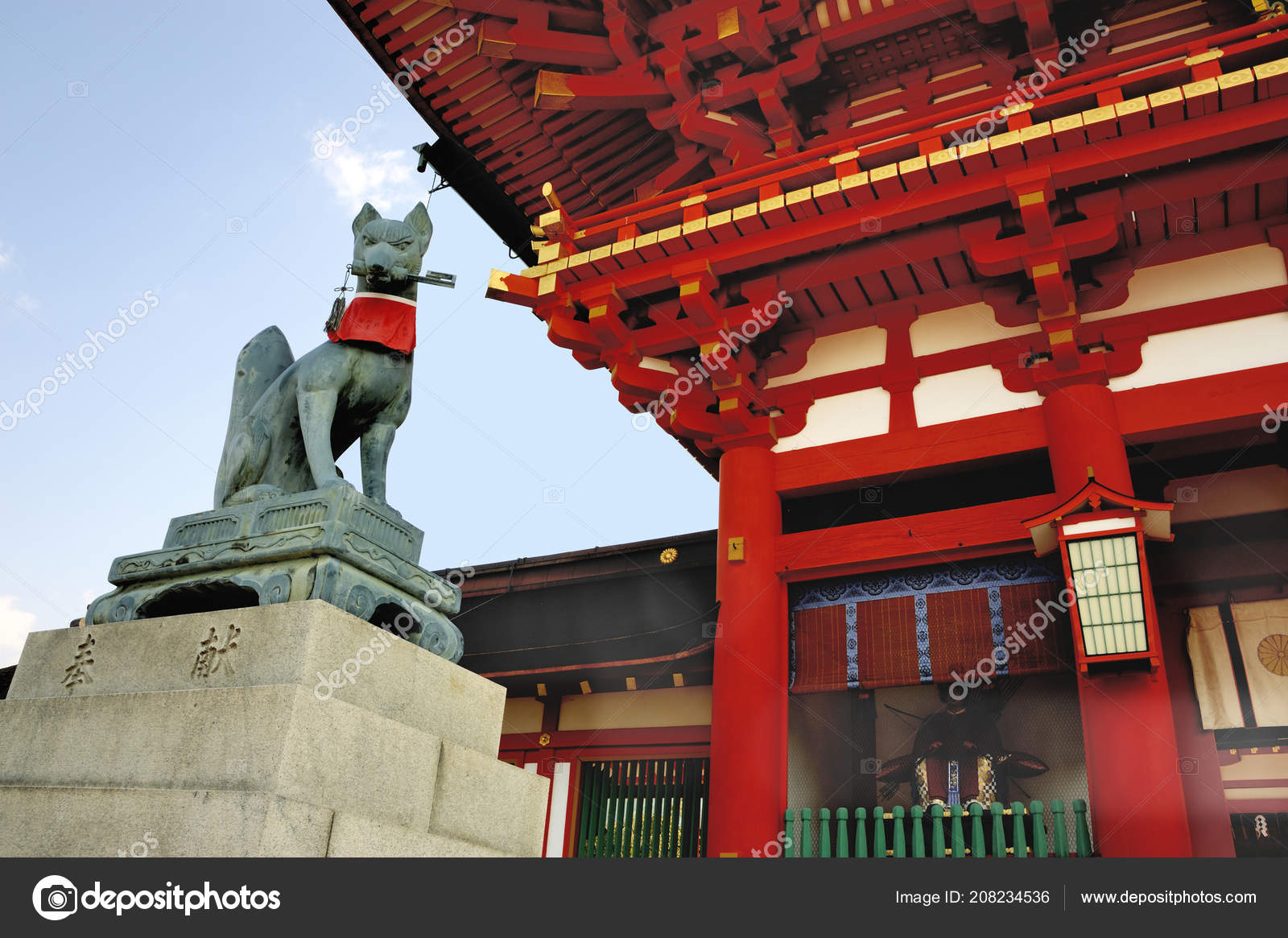


Fox Fushimi Inari Taisha Shrine Two Storied Gate Kyoto Japan Stock Editorial Photo C Jehoede
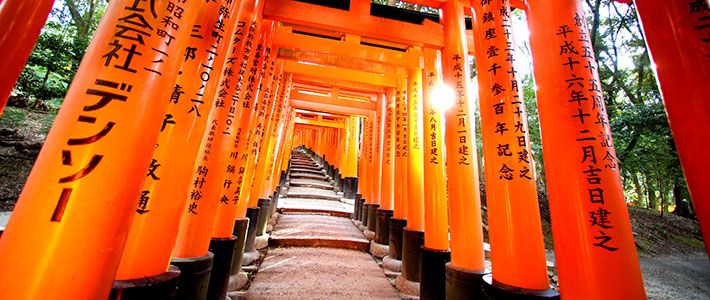


Foreign Tourists Flock To The Gates Of Fushimi Inari Shrine Nippon Com



Fushimi Inari Le Plus Grand Sanctuaire Shinto Longitude Et Latitude



Kyoto Fushimi Inari Taisha Japon
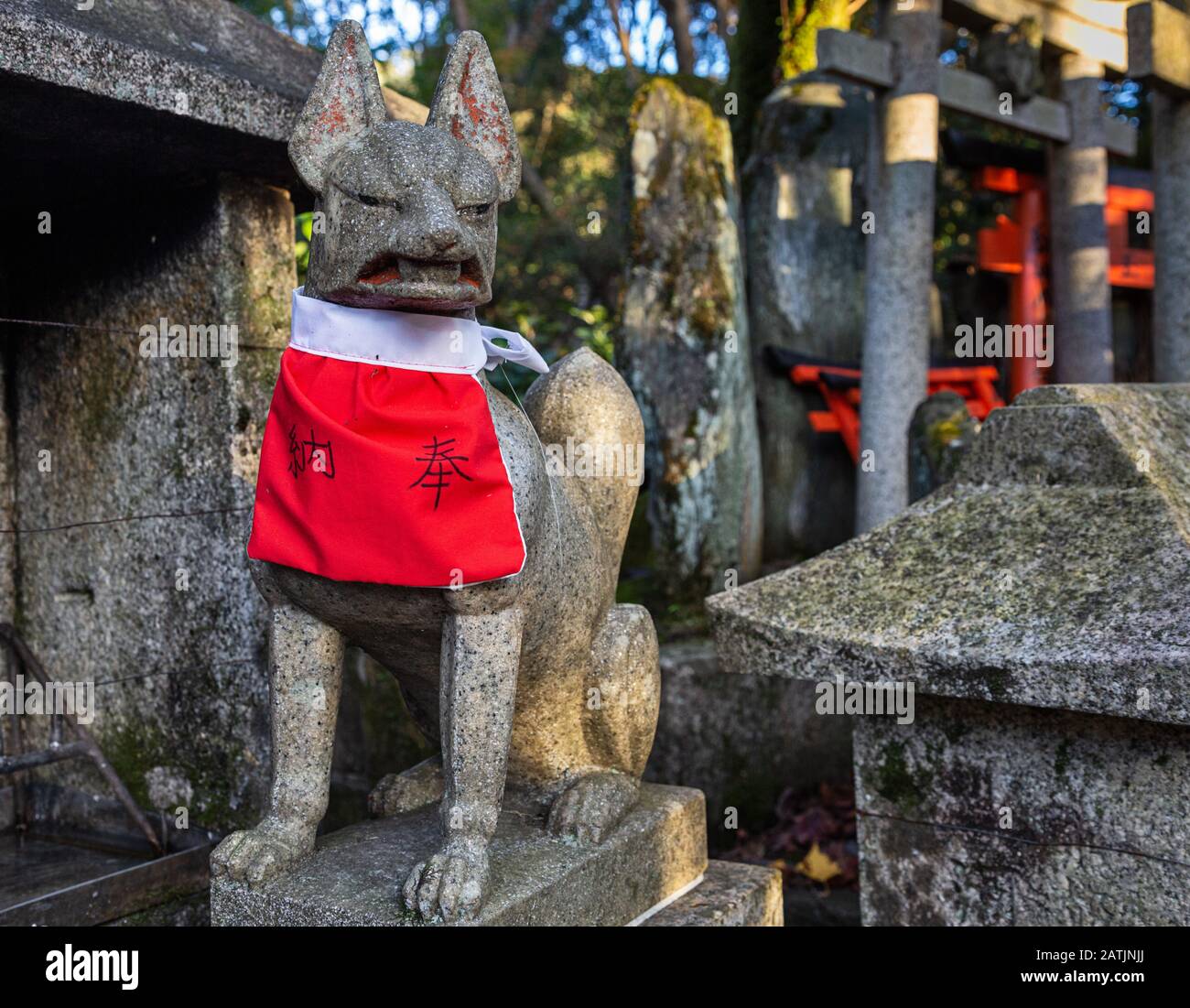


Fushimi Inari Shrine Fox High Resolution Stock Photography And Images Alamy



Fushimi Inari Pierre De Renard Guarda Portes En Bois On Croit Que Les Renards Sont Des Messagers De Dieu Photo Premium



Aimant De Refrigerateur En Resine Fushimi Inari Taisha Aimant Renard Blanc Aliexpress



Premium Photo Fox Statue In Fushimi Inari Taisha Shrine In Kyoto Japan



Renard A L Entree D Un Sanctuaire Fushimi Inari Taisha Nicolas Dubuc Duval Flickr



Visita Guiada Pelo Santuario Fushimi Inari Taisha De Kyoto



Japonais Fushimi Inari Taisha Renard Cosplay Quotidien Yukata Kimono Manteau Hommes Femmes Haori Unisexe Cardigan Manteau Vetements De Nuit Ete Aliexpress



Kitsune Fox God Mask Fushimi Inari Japan



Fushimi Inari Japon Monastere La Bete Sculpture Renard Batiment Pikist



Photo Libre De Droit De Statue De Renard A La Porte Dentree Du Sanctuaire De Fushimi Inari Kyoto Banque D Images Et Plus D Images Libres De Droit De Architecture Istock



Inari La Divinite Shinto Du Renard Vivre Le Japon Com



Fuchse Fushimi Inari Am Schrein Stockfoto Bild Von Shinto Kyoto



Guardian Fox Of Fushimi Inari Taisha In Kyoto Japan Stock Photo Picture And Royalty Free Image Image


3



Inari La Divinite Shinto Du Renard Vivre Le Japon Com
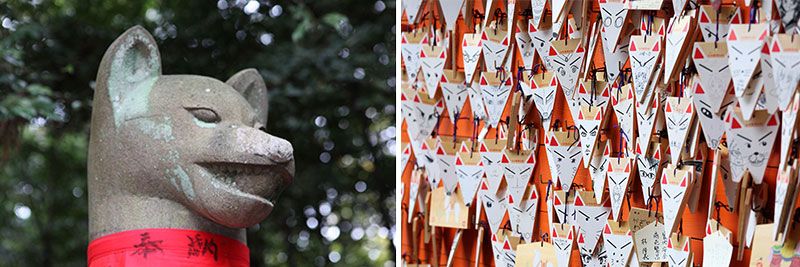


Le Fushimi Inari A Kyoto Un Sanctuaire Mythique Du Japon Nippon Com Infos Sur Le Japon



Visita Guiada Pelo Santuario Fushimi Inari Taisha De Kyoto



Inari Fushimi Inari Taisha Renard Protecteur El Glingo Flickr



Fushimi Inari Un Havre De Paix A Kyoto Petit Parc Autour Du Monde



File Statue De Renard Au Fushimi Inari Taisha Jpg Wikimedia Commons



Japan In July Et Autres Saisons Kyoto Rouge Le Fushimi Inari Si Peu



Le Sanctuaire Fushimi Inari Taisha Japan Da Carnet De Voyage



Fushimi Inari Taisha Guide De Voyage Japan Rail Pass


Fushimi Inari Taisha La Ou Demeurent Les Kitsune Yamato12 Overblog Com



Renard De Gardien De Fushimi Inari Taisha A Kyoto Image Stock Image Du Tunnel Ciel



Renard De Gardien De Fushimi Inari Taisha A Kyoto Image Stock Image Du Kyoto Grilles



Renard De Gardien De Fushimi Inari Taisha A Kyoto Image Stock Image Du Grille Kyoto



File Fushimiinari Taisha Fox Statue Jpg Wikimedia Commons
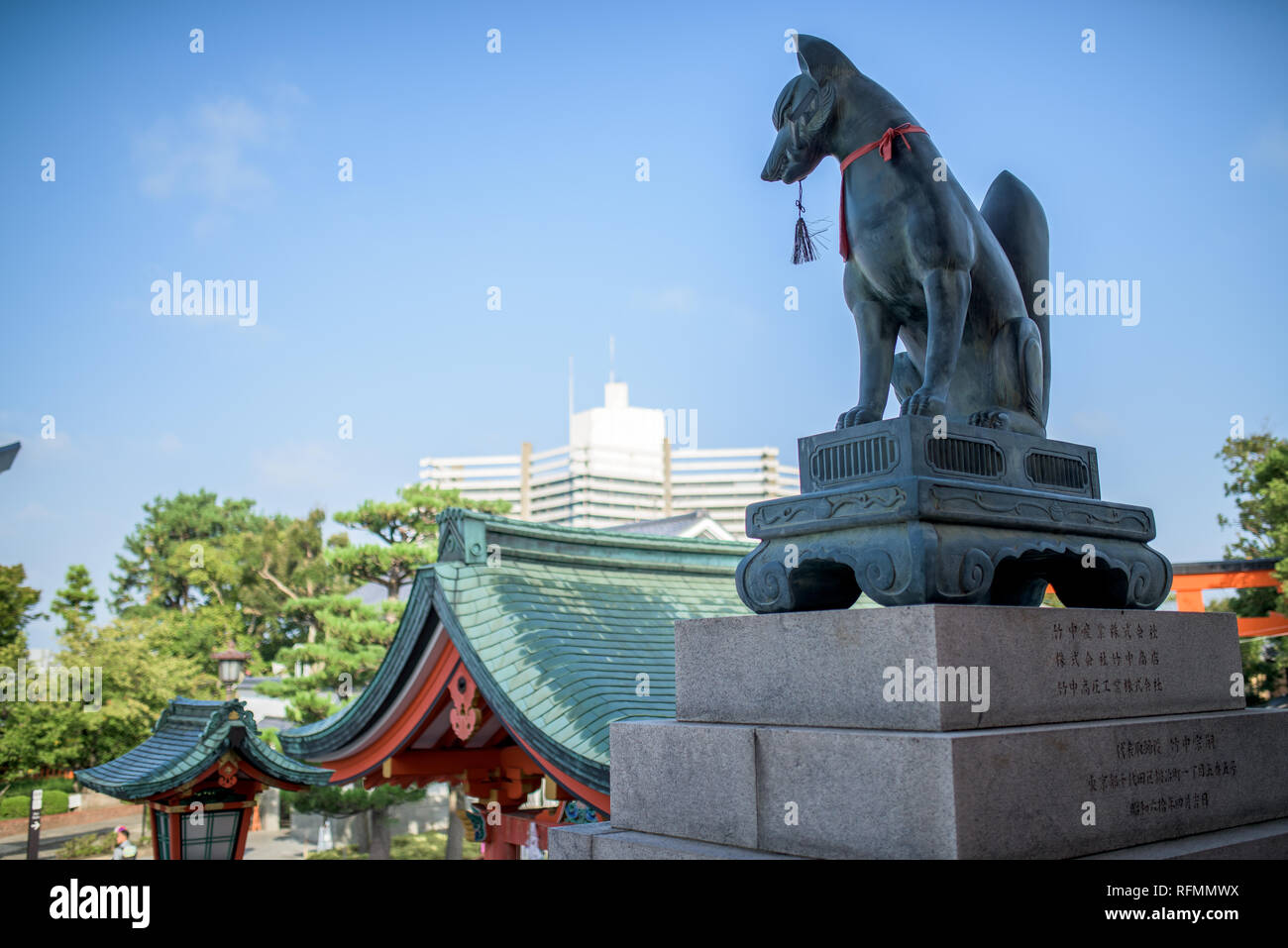


Statue D Un Renard Tenant Une Cle En Face De Fushimi Inari Shrine In Ward A Kyoto Japon Photo Stock Alamy



Guardian Fox Of Fushimi Inari Taisha In Kyoto Stock Photo Image Of Fushimi Gates



Renard Gardien De Fushimi Inari Taisha A Kyoto Au Japon Banque D Images Et Photos Libres De Droits Image



Renard De Gardien De Fushimi Inari Taisha A Kyoto Image Stock Image Du Religion Renard


Q Tbn And9gcsmi8bjyiteo4xdkusqvxu Fde03mvon1fu64ipljrhur63c2sy Usqp Cau


0 件のコメント:
コメントを投稿